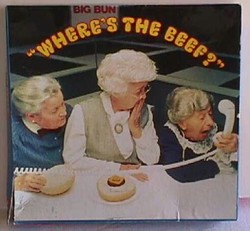For those who were unable to attend the Copyright Society’s Feburary 23, 2011 program “Protecting Intellectual Property in the Social Media Age” here in San Francisco, video of the program is now available on the Copyright Society’s website here. The panel was comprised of Kerry Hopkins, Senior IP Director at Electronic Arts; Warren Sampson, Social Media Coordinator at S. Martinelli & Co.; and Jason Schultz, Asst. Clinical Professor of Law in the Samuelson Law, Technology & Public Policy Clinic at UC Berkeley School of Law; and was moderated by my partner, Lawrence J. Siskind of Harvey Siskind LLP.
We received terrific feedback from this program and I am pleased to spread the word that the video is now available online. Enjoy!




